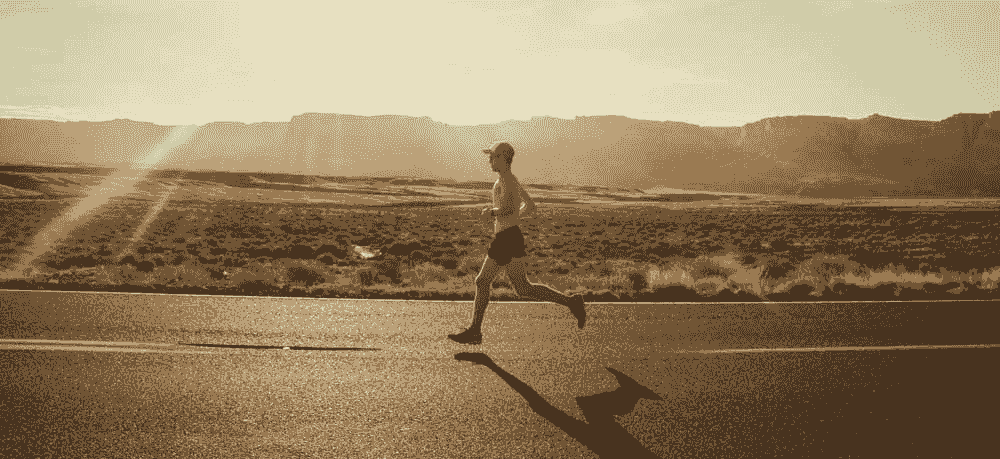
Breno's Assistant
Online nowAdjust your running pace based on temperature and humidity conditions.
How This Calculator Works
This calculator adjusts your running pace based on heat and humidity:
- Pace slows by 0.4% for each °F above 60°F (or °C above 16°C)
- Additional 0.2% slowdown for each % humidity above 60%
- Based on exercise science research and elite athlete data
- Results show adjusted pace, total race time, and performance impact
Why Adjust for Heat & Humidity?
Research shows pace drops for every degree above 60°F (16°C), and as humidity rises above 60%.
Whether you’re training for Boston, a summer 10K, or a tropical marathon, know how much the weather will affect you.
Set realistic goals, pace smarter, and recover faster.
FAQ
The calculator provides a reliable estimate based on peer-reviewed research and established training models. It uses conservative adjustment factors for temperature and humidity to help runners anticipate performance changes. While not personalized to every athlete’s fitness or acclimatization level, it's a valuable guide for adjusting pacing expectations and preventing overexertion.
The calculator adjusts pace using two components:
+0.4% pace increase for every degree Fahrenheit above 60°F (or equivalent °C)
+0.2% pace increase for every 1% humidity above 60%
The total adjustment is applied to your base pace and scaled to your race distance to provide a new projected finish time.
Q: Can I adjust for acclimatization?
A:
Not directly in this version—but you can interpret your result accordingly. If you're fully acclimated to heat (e.g., after 10–14 days of training in hot conditions), your actual performance may be less affected than the calculator suggests. For a more accurate reflection, reduce the total adjustment by 25–50% based on your personal heat tolerance and training exposure.
Tip: Check out our Heat Acclimatization Guide to improve your heat readiness and fine-tune pacing further.
Would you like me to format this into collapsible HTML or FAQ JSON-LD for Shopify rich snippet support?
Not directly in this version—but you can interpret your result accordingly. If you're fully acclimated to heat (e.g., after 10–14 days of training in hot conditions), your actual performance may be less affected than the calculator suggests. For a more accurate reflection, reduce the total adjustment by 25–50% based on your personal heat tolerance and training exposure.
Hydrate before, during, and after runs. Use electrolytes, and listen to your body’s thirst.
Yes! Use the adjusted pace for both race day and hard training sessions in hot/humid conditions.

